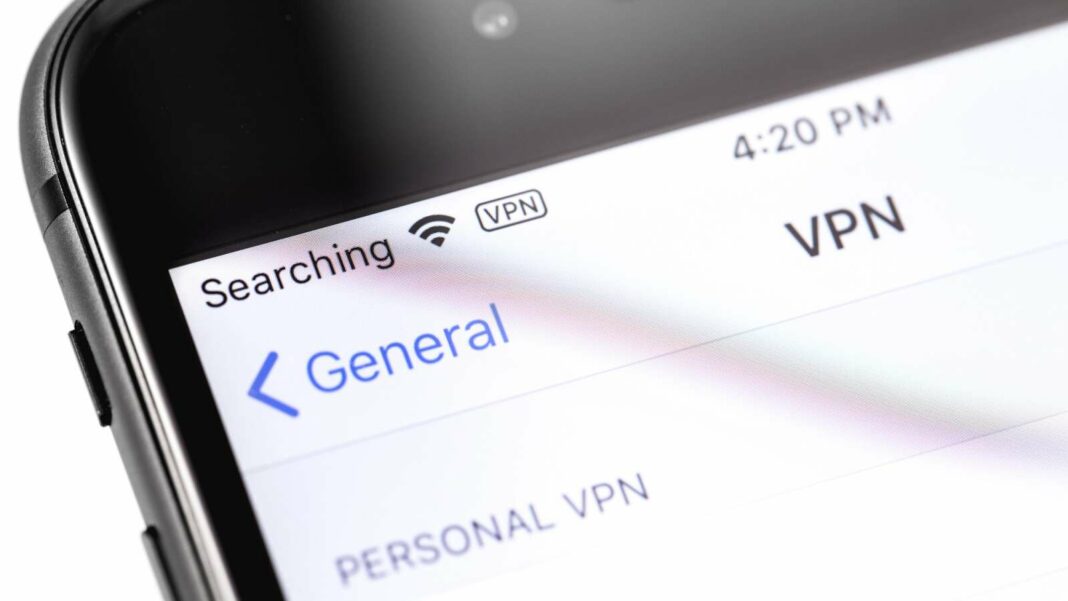Using a VPN on your iPhone or iPad significantly boosts online security, especially when connected to public Wi-Fi. It creates an encrypted connection, protecting your data and allowing you to appear as if you’re browsing from another location. With options available for free and paid services, users can bypass censorship and access global content. Additionally, Apple’s iCloud Private Relay offers a privacy feature akin to a VPN. Guides for setup and troubleshooting are also available for various devices.
The Essential Benefits of Using a VPN on Your iPhone or iPad
A Virtual Private Network (VPN) is a powerful tool that enhances your online security whether you’re working from home or using public Wi-Fi. By installing a VPN on your iPhone or iPad, you can protect your data traffic and enjoy numerous other benefits while browsing on the go.
When you set up a VPN on your iPhone, you can securely connect to a VPN provider or access your home or corporate network. Notably, there are even free VPN options available for iOS and iPadOS users, making it accessible for everyone.
Understanding How VPNs Work
At its core, a VPN, which stands for ‘Virtual Private Network,’ allows you to connect to a local network over the Internet. This could be your home router, your employer’s network, or a third-party VPN service. The connection is encrypted, ensuring that all your data traffic is transmitted securely through what’s known as a VPN tunnel.
When connected to a VPN, your iPhone or iPad operates as if it is located within the target network, using the IP address of that network. This means that Wi-Fi providers or internet servers cannot monitor your online activities. Commercial VPN providers offer a similar VPN tunnel as your home router, but with the added benefit that they do not track the content you access internally. Additionally, you can use the global infrastructure of the VPN service to appear as if you’re browsing from another country.
In summary, utilizing a reliable VPN provider ensures your online safety and anonymity, even on public or unsecured networks. This is especially valuable for mobile devices like the iPhone or iPad, which are frequently used while traveling.
Commercial VPN providers boast extensive global networks with numerous ‘exit points.’ By subscribing to a service like NordVPN, ExpressVPN, or Cyberghost, you can browse the internet securely from anywhere, bypassing censorship and accessing content from various streaming services worldwide.
To get started with a VPN service, you will need to subscribe, with prices typically starting around 2 euros per month for longer commitments. Many providers also offer promotional deals. Just ensure that the service you choose has a compatible VPN app for iOS and iPadOS.
If you’re serious about maintaining your online anonymity, you can check your current IP address via various online tools. By connecting through a VPN, you can access streaming services and view content available in the country associated with your VPN IP address.
Moreover, you can also create a VPN connection to your home router or office network using your iPhone or iPad. This requires VPN access data generated by your router or provided by your employer. While this connection is free and protects you from monitoring, it is essential to note that it does not offer full anonymity, as you’ll still be using your home IP address.
Modern routers, such as the FritzBox, allow you to establish a VPN connection. This encrypted VPN tunnel connects your iPhone or iPad to your home network, enabling you to access files on your NAS or manage smart home devices securely.
If you have other devices like Macs, PCs, or Raspberry Pi connected to your home network, you can conveniently control them using your iPhone or iPad for various tasks.
To further enhance privacy, Apple has introduced a feature called iCloud Private Relay, which functions similarly to a VPN. This feature aims to protect your browsing privacy by ensuring that no one, including Apple, can track your identity or the websites you visit. However, it is still in beta and limited to specific regions and devices.
For those interested in setting up a VPN on various devices, we have compiled guides that cover a range of platforms and operating systems, including how to turn your router into a VPN hub.
If you’re experiencing issues with your VPN, our troubleshooting section offers solutions for various devices and systems. Additionally, you can explore the possibility of combining your VPN with other tools like Tor browsers or proxy servers to enhance your online security.
